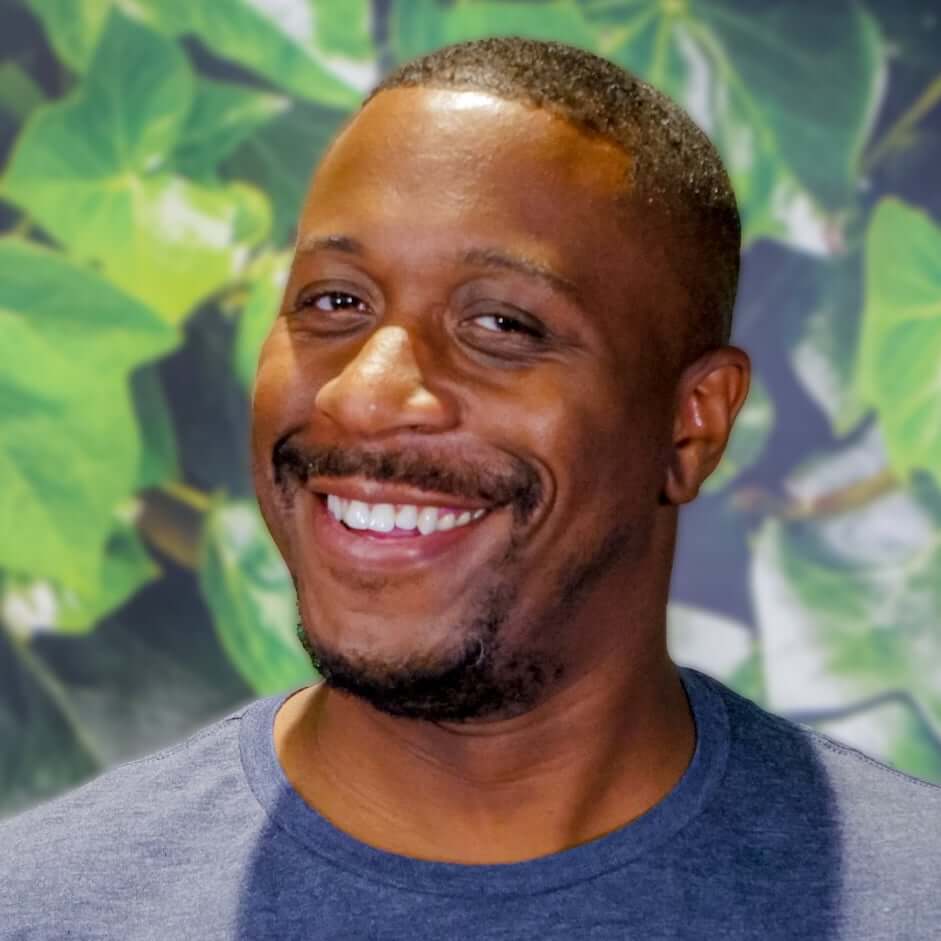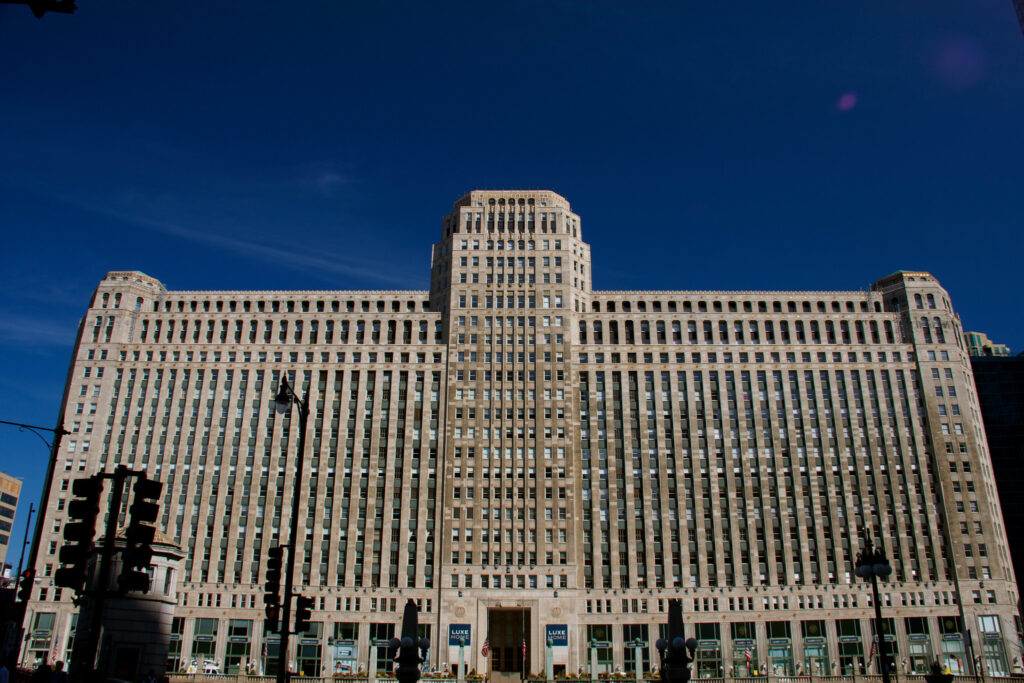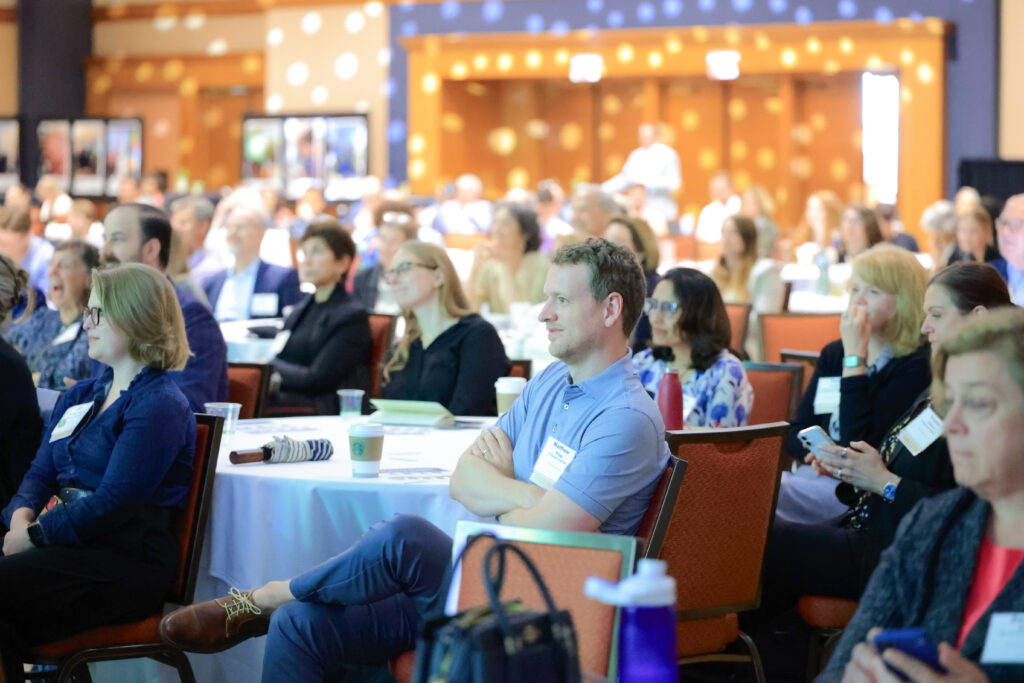Celebrating the release of Rheaply’s 2023 Impact Report and the road ahead.
As I write this, the release of two reports are colliding while I’m dealing with polar opposite emotions: (1) the release of the Circularity Gap Report from Circle Economy and Deloitte (concern), and the upcoming release of Rheaply’s Reuse Recap from 2023 (optimism). If you’re interested in receiving the latter, fill out that little form to your right before January 31.
What is the Circularity Gap Report?
Rheaply was founded ~7 years ago, around the same time the first Circularity Gap Report was published. Back then the idea for circularity was just that – an idea – especially here in the United States. Today, the circular economy is a movement, and as I‘ve stated in the past, I believe it’s the biggest and most important movement in the world right now that requires novel thinking and incentives for participation. This report will inform us of our reliance on materials from virgin sources in the last year, or the number of extracted materials that cycle back into the global economy. Last year, we hit a new low: the global economy was only 7.2% circular. Since the 2018 Circularity Gap Report (the last five reports) the global economy has extracted and used more materials than in the entire 20th century. Yikes.
We at Rheaply take this seriously and want to be part of the solution. Despite the not-so-rosy Gap Report projections, feeding off last year’s success at Rheaply brings me renewed focus and excitement for the future as we turbocharge our efforts to make the circular economy the norm for any organization or municipality (and start to address the gap for good). For transparency, and shared efforts, here are the three key focus areas for Rheaply in 2024:
1. Becoming data-obsessed
Reporting on circularity isn’t a perfect science, and the Gap Report even indicates there’s room for improvement on this front. The economy is still in the “design” phase of the circular economy, meaning we’re still trying to shift away from the ever-increasing need for material extraction as we design more sustainable and “circular” products.
Rheaply’s platform can help organizations move beyond design thinking and into action by harnessing the power of both product and waste management reports focused on reuse and product life cycle assessment and analysis. Organizations and municipalities looking for more accurate data on how the reuse of low embodied carbon materials contributes to their ESG and Scope 3 GHGs emissions reduction goals can turn to Rheaply for this knowledge. Last year, Rheaply saved organizations over 1.8 million kg of CO2 through reuse and circularity on the platform. We hope to help organizations 10x (at least) this carbon avoidance in 2024.
2. Leaning into AI to fast-track circularity
In 2024, we will double-down on leveraging AI to make it easier for businesses and their employees to reuse an item in the workplace and see its impact. Today, organizations can use Rheaply’s AI to fill in suggestions for things like description, weight, length, width, height, volume, materials, finishes, and fabrics. We plan to add to this level of detail with more AI experiments such as predictive analytics and organizational recommendations so that users can quickly locate and easily find the next best use for items in their workplace – and understand their reuse potential in the community. We like to refer to this as predictive procurement with reuse in mind. In the future, users will be able to reference a reusability or “reuse score” so procurement can make better and more informed purchasing decisions.
3. Boosting accessibility to our platform
We made incredible strides in 2023 to grow our ecosystem partners to beyond 3,000+ organizations. This includes an increase in upcycling, refurbishing and remanufacturing partners, reuse and repair centers, and new organizations that I would consider “non-traditional” demand recipients for the typical commercial suppliers found on Rheaply. Think of furniture banks, theaters and festival organizations, sports and entertainment facilities, social justice organizations, metal scrap facilities, waste and organic recovery, faith-based organizations, and the list goes on and on. But we want to grow this number 10-fold. This year we’ll be working on product developments that give these types of organizations more visibility and reach through tools like organizational profiles and shareable digital storefronts, lifting up and scaling the good work in communities and building more connections on Rheaply by creating new supply and demand partners through improved traceability and location intelligence.
Let’s close the circularity gap in 2024, together
Google’s Chief Sustainability Officer, Kate Brandt, once famously said in 2019 that “Waste is a data problem”, and posed the question: ”What if we saw our stuff as information?”
In 2024, we look to be a friend and champion to the organizations that feel it’s time to make this hypothetical a reality. We have to reduce global emissions by 50% by 2030, or approximately 71 months. Our goal this year is to work with mission-aligned organizations, municipalities and communities in the US to double global circularity, so that around this time in 2025, we are actually celebrating the release of the Circularity Gap Report. Learn about the different ways your organization – big or small – can get started today.


